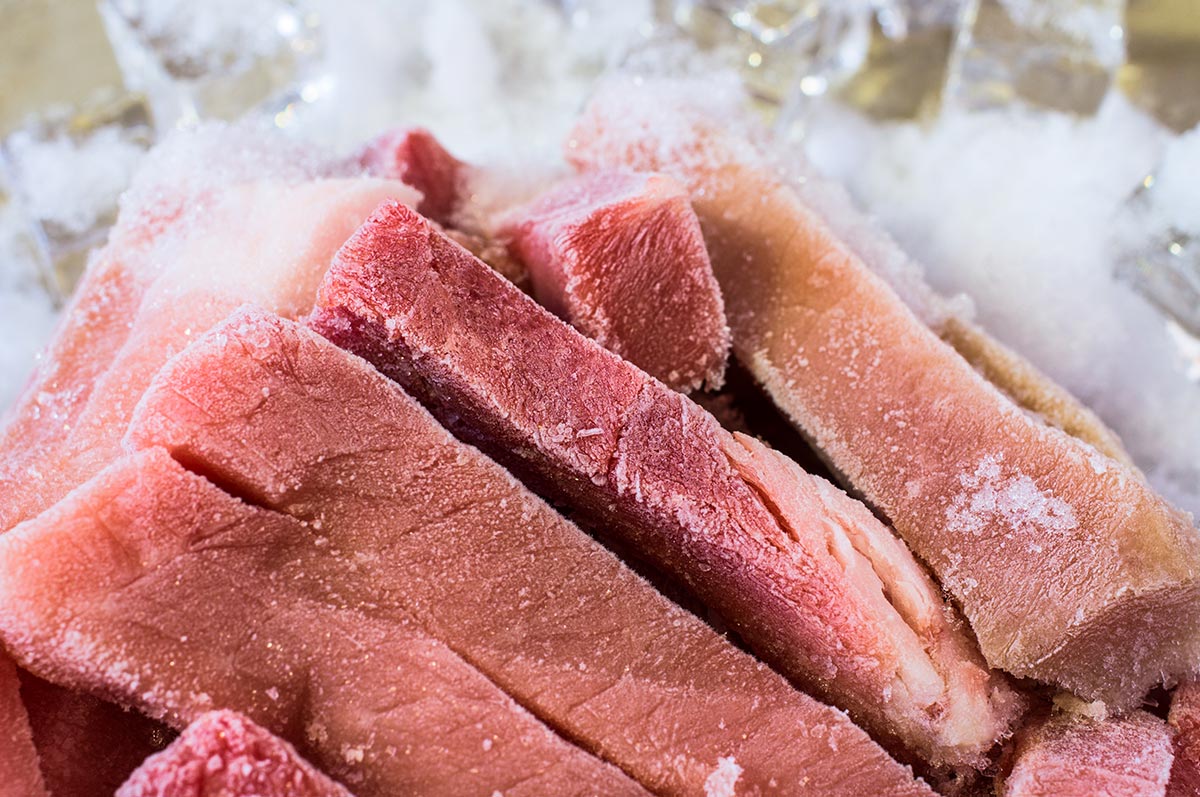Food processing and cold storage facilities have historically faced challenges when pursuing LEED certification. Refrigeration and process systems require a lot of energy, and there has never been a specific path or program for these types of facilities under the LEED umbrella. However, LEED v4 and its two specific credit interpretation rules are now making the path to certification more achievable.
Before we dive in, here’s some context.
LEED v4 addresses needs by varied facility types
The U.S. Green Building Council (USGBC) launched the newest version of the certification program, LEED v4, in 2013. In a recent post, we explored how LEED v4 seeks to tailor the program to a wider variety of building and renovation types, but USGBC has not offered a specific rating system tailored to industrial temperature-controlled storage facilities and food processing plants.
These facility owners often want to pursue LEED certification to align the building with their corporate social responsibility practices, but these plants cannot operate under the same assumptions as a typical commercial building.
However, in October 2015, USGBC did acknowledge refrigerated facilities with two Credit Interpretation Rulings (CIRs), enabling cold storage and food processing plants to pursue LEED certification more readily.
The two CIRs addressed two critical areas for cold storage facilities:
- Minimum indoor air quality performance: ventilation requirements (CIR 10423)
- Minimum energy performance: a baseline definition (CIR 10424)
Okay, so what does all of this mean? You can read the two formal rulings above for the technicalities, but let’s break down how this tangibly affects facilities.
Freezers no longer held to same air standards
Originally, LEED’s minimum indoor air quality prerequisite applied to all areas of a facility, treating freezers the same as other spaces. To qualify for the prerequisite, freezers had to be designed to meet the same air quality standards as any other indoor space. But freezers are a different animal.
In this new ruling (LEED Interpretation ID #10423), USGBC states that freezers do not need to meet the minimum ventilation requirements as other indoor spaces—as laid out by the American Society of Heating, Refrigerating and Air-Conditioning Engineers (ASHRAE)—when it pertains to the Minimum Indoor Air Quality Performance prerequisite. The only exception is if combustion equipment, such as a gas-operated forklift, is operated in the space.
There’s clearly a need for greater adaptation and clarification for green building in the food processing industry. By acknowledging the unique nature of freezer ventilation, this new ruling removes a burden that once made achieving the minimum indoor air quality prerequisite very difficult.
Creating a level playing field for measuring energy efficiency
LEED energy efficiency requirements can be a challenge for refrigerated facilities. Many design and construction elements for refrigerated facilities are not regulated by existing ASHRAE standards, and for a building to become certified it must meet certain prerequisites first.
The problem? A cold process facility pursuing LEED certification was challenged to create a valid baseline model, but no specific guidelines for cold process facilities existed.
The result was a lack of consistency.
No more comparing apples to oranges
However, thanks to this second ruling (LEED Interpretation ID #10424), building designers can now use different guidelines to create baselines, the reference tool used to compare a building’s energy performance.
Designers can now reference the IARW/IACSC Energy Modeling Guideline for Cold Storage and Refrigerated Warehouse Facilities to help these facilities achieve LEED certification. These streamlined guidelines were specifically created for these unique buildings — there’s now a fair comparison to measure their energy efficiency.
Again, by recognizing that refrigerated facilities have unique characteristics, USGBC has created a clearer path for these buildings to obtain LEED certification.
The future of LEED for food processing and distribution
These two Credit Interpretation Rulings are a step in the right direction for buildings pursuing LEED certification. However, there is a still plenty of room for improvement when it comes to acknowledging food processing facilities and buildings with extensive refrigeration and industrial process systems. USGBC has still not formally published a rating system that specifically addresses the food processing and cold storage market. Considering the size and growth of this industry, it’s only a matter of time before these buildings receive more targeted consideration.
Aside from the direct benefit to the LEED certification process, the Energy Modeling Guideline for Cold Storage and Refrigerated Warehouse Facilities document can be a crucial industry reference for temperature-controlled facility design and benchmarking in the future.
Have more questions about LEED certification for your facility? Comment below!



